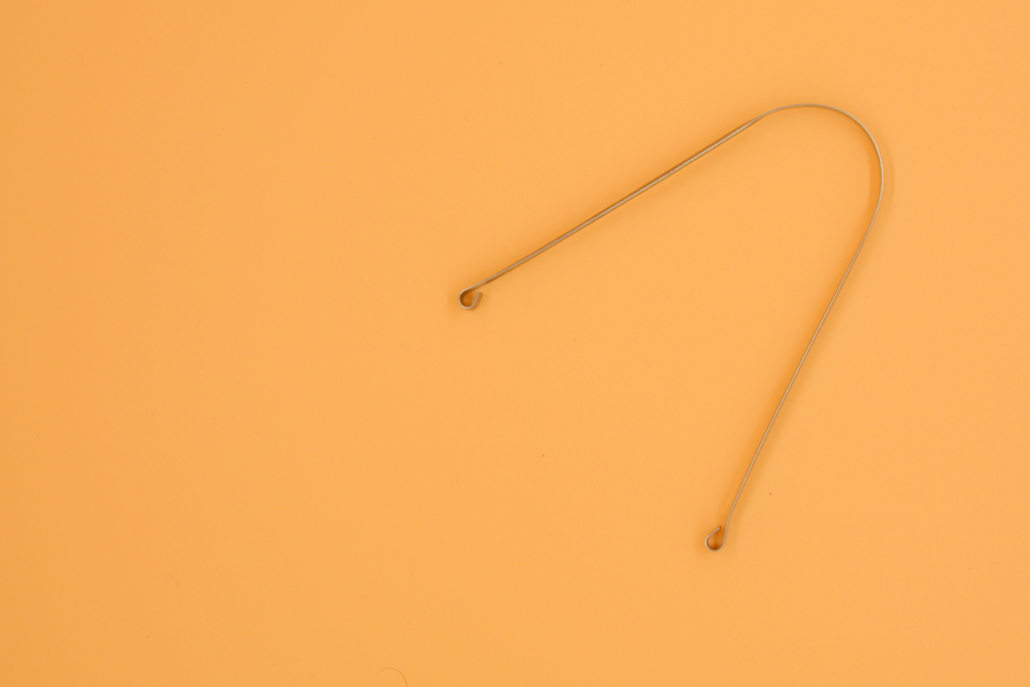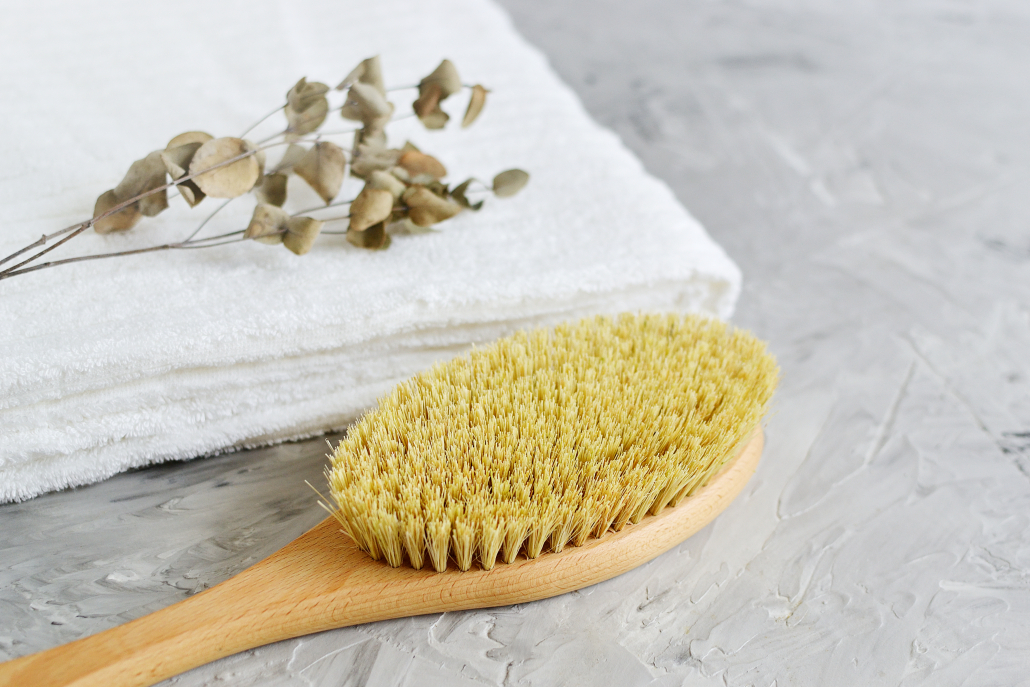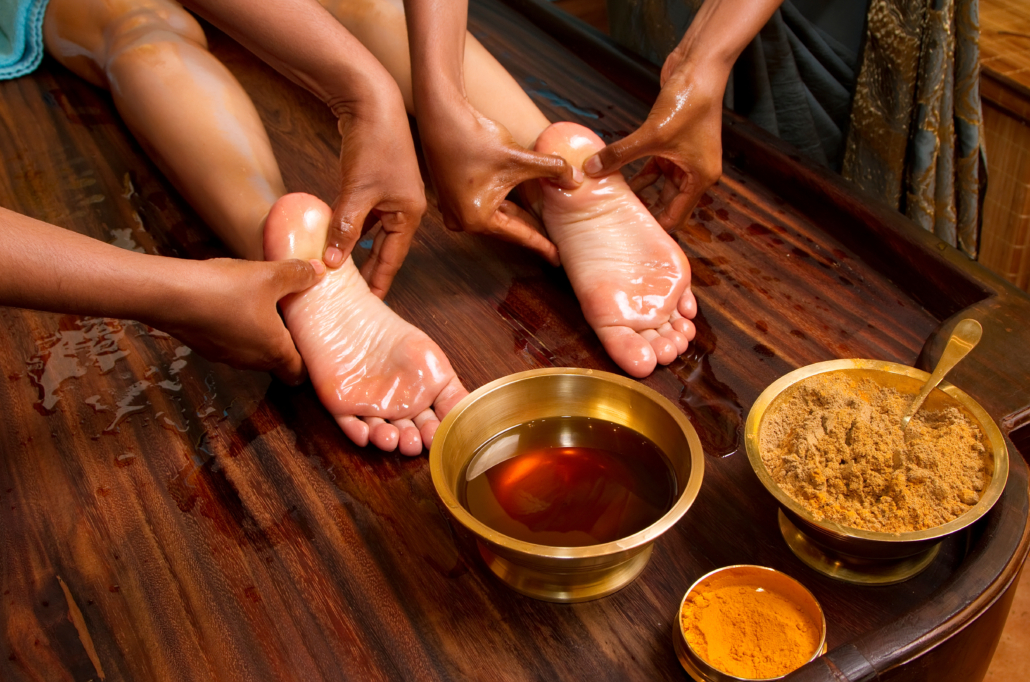Unseen Dangers: A Guide to Endocrine (hormone) Disruptors in Your Diet
Endocrine disruptors in food and beverages pose significant risks, interfering with our hormonal systems and impacting health outcomes. These chemicals are present in various forms, from agricultural pesticides to packaging materials. Awareness and understanding of these substances are crucial for making informed dietary choices. Below is a detailed guide to identifying and reducing exposure to these harmful disruptors.
Endocrine Disruptors in Food and Beverages
1. Pesticides and Herbicides
- Glyphosate: Widely used in agriculture, particularly on genetically modified crops like soy, corn, and canola.
- Atrazine: Commonly used on corn crops, known to disrupt hormonal balance in aquatic species and potentially in humans.
- Chlorpyrifos: Used on fruits and vegetables, linked to developmental problems in children.
2. Plasticizers
- Bisphenol A (BPA): Used in the lining of metal food cans and some plastic food containers and water bottles. Avoid canned foods or look for “BPA-free” labels.
- Phthalates: Found in plastic food packaging and can leach into food from these materials. They are commonly used to make plastics more flexible.
3. Artificial Hormones
- Recombinant Bovine Growth Hormone (rBGH/rBST): Injected into dairy cows to increase milk production. Opt for milk and dairy products labeled “rBGH-free” or “organic.”
4. Heavy Metals
- Mercury: Accumulates in fish and shellfish, particularly in larger and older predatory fish like tuna, swordfish, and shark. Limit consumption of high-mercury fish.
- Arsenic: Found in rice and rice-based products due to the way rice is cultivated. Diversify grains and opt for varieties grown in regions with lower arsenic soil content.
- Cadmium: Present in shellfish, liver, and kidney meats. It accumulates in the body over time, affecting kidney function and bone density.
5. Industrial Chemicals
- Polychlorinated Biphenyls (PCBs): Though banned, can still be found in farm-raised salmon. Choose wild-caught fish when possible.
- Dioxins: Formed during industrial processes and released into the environment, accumulating in animal fat. Minimize consumption of animal fats where possible.
6. Mycotoxins
- Zearalenone: Produced by Fusarium fungi, commonly found on corn, cereals, and grains. Can mimic estrogen and cause reproductive issues.
7. Artificial Colorants and Preservatives
- Red No. 3 (Erythrosine): Found in candies, baked goods, and maraschino cherries. Linked to thyroid tumors in rats.
- Butylated Hydroxyanisole (BHA): Used as a preservative in various processed foods including potato chips and preserved meats; considered a likely carcinogen and an endocrine disruptor.
8. Natural Plant Estrogens (Phytoestrogens)
- Soy Products: Such as tofu, tempeh, and soy milk. Contain isoflavones which can mimic estrogen. Consumption should be balanced especially in hormone-sensitive conditions.
9. Perfluorinated Chemicals (PFCs)
- Food Packaging: Often used to make paper and cardboard packaging resistant to grease. Found in microwave popcorn bags and fast-food wrappers.
10. Boar Taint (in pork)
- Skatole and Androstenone: Occur naturally in pork and can act like estrogen. They are more prominent in uncastrated male pigs.
Tips for Minimizing Exposure
- Choose Organic: Where possible, select organic produce and meats to avoid synthetic pesticides and hormones.
- Know Your Sources: Purchase seafood from trusted sources and opt for smaller, younger fish to reduce mercury exposure.
- Prepare Rice Properly: Rinse rice thoroughly and cook in a high water-to-rice ratio to reduce arsenic content.
- Read Labels: Always check food labels for artificial colorants, preservatives, and other additives.
- Limit Processed Foods: These are more likely to contain BPA, phthalates, and other harmful chemicals.
- Store Safely: Use glass, violet or colored glass, stainless steel, or BPA-free plastic for food storage to avoid leaching of chemicals.
This detailed list explains several potential sources of endocrine disruptors in food and beverages, along with practical advice for reducing exposure to protect your health and longevity.
Awareness and careful choices help reduce future exposure to harmful endocrine disruptors, but actively detoxifying these toxins from your body is crucial for restoring hormonal balance. At Radiance Healthcare, we specialize in effective endocrine detox programs that cleanse your body of these chemical intruders, enhancing natural healing and preventing long-term health complications.
Disclaimer: The information in this blog post is provided for general informational purposes only and is not intended as medical advice. For personalized advice or treatment, please register as a patient at Radiance Healthcare, or consult with a qualified healthcare provider for any medical concerns.

The Ancient and Modern Practice of Tongue Scraping: Boost Your Oral Health and Wellness
Introduction to Tongue Scraping
Tongue scraping, a simple yet effective oral hygiene technique, involves the removal of bacteria, toxins, and food debris accumulated on the tongue overnight. Utilizing a metal or plastic scraper (traditionally copper), this practice not only promotes a clean mouth but also enhances overall health.
Historical Roots
Rooted in ancient wisdom, tongue scraping is a traditional practice in Ayurveda and has been used for centuries across various cultures including Europe, Africa, Arabia, South America, and particularly India. Historically, scrapers were crafted from a range of materials like wood, copper, silver, ivory, mother-of-pearl, whalebone, celluloid, and tortoiseshell, reflecting the practice’s integration into daily life and its importance in maintaining oral cleanliness.

Choosing the Right Product: Copper Tongue Scraper
A copper tongue scraper is recommended due to its natural antibacterial properties. Copper not only effectively removes oral debris but also helps in reducing the microbial load on the tongue, which is vital for maintaining oral hygiene.
Health Benefits of Tongue Scraping
- Enhances Taste: Regular scraping can enhance your taste perception by clearing out taste-dulling debris.
- Reduces Bad Breath: It removes bacteria that contribute to halitosis.
- Prevents Oral Health Issues: By maintaining a cleaner tongue, you reduce the risk of cavities, gum diseases, and infections.
- Detoxification: In Ayurveda, removing ‘ama’ (toxic residue) from the tongue is considered crucial for overall detoxification of the body.
Appropriate Conditions for Tongue Scraping
Ideal for individuals experiencing:
- Bad breath
- A coated tongue
- Loss of taste
- A desire for a more holistic approach to oral hygiene
Potential Risks and How to Avoid Them
- Gag Reflex: To prevent gagging, avoid placing the scraper too far back initially. Start in the middle and gradually move backward.
- Cutting the Tongue: Use gentle pressure and ensure the scraper is smooth with no sharp edges.

How to Scrape Your Tongue: A Step-by-Step Guide
- Stand in front of a mirror, open your mouth wide, and stick out your tongue.
- Place the scraper at the back of your tongue (or as far as comfortable).
- Gently pull the scraper to the tip of the tongue, removing the coating.
- Rinse the scraper and repeat if necessary.
Frequency of Tongue Scraping
For best results, incorporate tongue scraping into your morning routine, ideally before eating or drinking anything.
Cleaning and Caring for Your Tongue Scraper
After each use, wash the scraper with warm, soapy water. Store it in a clean, dry place to prevent bacterial growth.
Supporting Research and References
- Oral hygiene: a history of tongue scraping and brushing
- The effect of tongue scraper on mutans streptococci and lactobacilli in patients with caries and periodontal disease
- Healthline: Tongue Scraping
- Ayurveda: Tongue and Corresponding Organ Locations
- Impact of tongue cleansers on microbial load and taste
By integrating this ancient practice into your modern lifestyle, you can enhance not only your oral health but also contribute to your overall well-being. Tongue scraping is a testament to how traditional health practices can be seamlessly adopted to support our contemporary health needs, aligning perfectly with holistic health approaches like those offered in our “Radiant Life Training” program.
Disclaimer: The information in this blog post is provided for general informational purposes only and is not intended as medical advice. For personalized advice or treatment, please register as a patient at Radiance Healthcare, or consult with a qualified healthcare provider for any medical concerns.

The Revitalizing Art of Garshana: A Guide to Dry Brushing
Introduction to Garshana Garshana, commonly known as dry brushing, is a traditional Ayurvedic practice that revitalizes the body by stimulating the lymphatic system through a vigorous massage with wool, raw silk, or cotton gloves. This method not only enhances circulation and detoxification but also promotes skin health by exfoliating dead cells and stimulating new cell growth.
Historical Roots of Garshana Tracing its origins back to Siddha medicine—considered one of the world’s oldest medicinal systems—Garshana was introduced to South India by the revered sage Agastya. This practice is a testament to a lineage of wellness that may date back as far as 8,000 years. Across cultures, similar techniques have been employed for centuries; Ancient Egyptians used natural enzymes for skin care, the Chinese utilized loofahs made from dried gourd fibers, and Greeks and Romans opted for strigils combined with olive oil to cleanse and invigorate their skin before bathing.
Recommended Tools for Garshana To engage in Garshana, one may use:
- Raw silk gloves: Ideal for their gentle touch, recommended for Vata and Pitta body types.
- Wool gloves: Provide a firmer texture suitable for Kapha types.
- Terry gloves and copper brushes: Alternatives that cater to different sensitivities and preferences.
Health Benefits of Dry Brushing Engaging in Garshana can lead to multiple health benefits, including:
- Enhanced blood circulation and lymphatic drainage.
- Reduction of cellulite and expulsion of body toxins (ama).
- Increased energy and improved immune system function.
- Relaxation of the mind and stimulation of the body’s hormonal and oil glands.

Ideal Conditions for Dry Brushing Dry brushing is particularly beneficial for those experiencing:
- Muscle stiffness and aches.
- Neuralgia and fatigue.
- Poor blood circulation and digestive issues.
Precautions and Contraindications While beneficial for many, Garshana should be avoided on sensitive skin or areas affected by eczema, psoriasis, sunburn, or open wounds to prevent irritation.
How to Perform Garshana For optimal results, follow these steps:
- Preparation: Wear suitable gloves and start with the feet.
- Technique: Use long, upward strokes towards the heart, integrating circular motions at joints like ankles and knees.
- Coverage: Include all body parts, from limbs to the abdomen, back, and neck, finishing with gentle motions on the face and ears.
- Pressure: Apply light pressure on delicate areas and firmer pressure where the skin is thicker.
- Duration and Frequency: Typically, 10-15 minutes per session, varying from daily to a few times per week depending on your Dosha type.
- Timing: Best done in the morning, before showering or undergoing further Ayurvedic treatments.
Care for Your Tools Maintain the efficacy of your gloves and brushes by washing them regularly, ensuring they are dry and clean for each use.
Further Reading and References For those interested in deepening their understanding of Garshana and its benefits, consider the following resources:
- The Encyclopedia of Ayurvedic Massage by Dr. John Douillard.
- Healthline’s overview on Dry Brushing
- Garshana – Ayurvedic Dry Brushing by PAAVANI Ayurveda.
By integrating Garshana into your daily routine, you embrace an ancient tradition that promotes not only physical cleansing and rejuvenation but also a harmonious balance between mind, body, and spirit. This guide aims to make the practice accessible, practical, and beneficial to your overall well-being.
Disclaimer: The information in this blog post is provided for general informational purposes only and is not intended as medical advice. For personalized advice or treatment, please register as a patient at Radiance Healthcare, or consult with a qualified healthcare provider for any medical concerns.

The Ancient Ayurvedic Practice of Abhyanga Massage
What is Abhyanga?
Abhyanga is a transformative full-body massage using warm herbal oils tailored to individual body types or doshas. This practice is an integral part of Ayurveda, the ancient Indian system of medicine that emphasizes balance in bodily systems through diet, herbal treatment, and yogic breathing.
Historical Roots
Originating from the Siddha medicine system, brought to Southern India by the sage Agastya, Abhyanga is believed to be one of the oldest healing therapies—dating back as far as 8,000 years. This method has influenced various global healing practices in countries like Greece, Indonesia, China, and Persia, highlighting its universal appeal and adaptability.
How to Prepare for Abhyanga
Products Needed:
- ½ cup of your chosen oil
- Squeeze bottle for oil
- Optional: Essential oils and herbs for enhanced benefits
Step-by-Step Guide
- Warm the oil in a squeeze bottle by placing it in hot water.
- Begin by applying oil to the entire body, ensuring enough for easy glide over the skin.
- Use rhythmic strokes, adjusting pressure as needed for different areas: stronger on feet and toes, lighter on the face and abdomen.
- Include circular motions at joints and long strokes on limbs for optimal lymph flow and flexibility.
- After massaging, relax for 10 minutes to allow the oil to penetrate deeply, then follow with a warm bath or shower.
Selecting Oils by Dosha
- Vata (dry skin): almond, sesame, olive
- Pitta (sensitive skin): coconut, sunflower
- Kapha (oily skin): sunflower, mustard
Essential Oils for Dosha Balance
- Vata: Warm, grounding scents like cardamom and orange
- Pitta: Cooling oils such as sandalwood and lavender
- Kapha: Stimulating aromas like eucalyptus and rosemary
Benefits of Abhyanga
Research and ancient texts, such as the Astanga Hridaya by Acharya Vagbhata, suggest numerous benefits:
- Enhances longevity and nourishes the body
- Improves flexibility, sturdiness, and lymph flow
- Reduces effects of aging and fatigue
- Alleviates nervous system afflictions, improving mental clarity and vision
- Supports better sleep and overall vitality

Ideal Conditions for Abhyanga
This massage is particularly beneficial for:
- Stress and fatigue
- Muscular aches and joint stiffness
- High blood pressure and various skin conditions
Contraindications
Avoid Abhyanga if you have:
- Recent fractures or severe injuries
- Skin infections or severe chronic illnesses
- Specific conditions such as during pregnancy
Timing and Frequency
- Duration: 15-35 minutes per session
- Frequency: Daily, ideally before bathing
- Best Time: Morning to invigorate or evening to relax
References and Further Reading
- Douillard, Dr. John. The Encyclopedia of Ayurvedic Massage. North Atlantic Books, 2004.
- The Art & Benefits of Abhyanga Massage
- Effects of Abhyanga on the Autonomic Nervous System
- Ayurvedic Abhyanga Massage and Stress
Disclaimer: The information in this blog post is provided for general informational purposes only and is not intended as medical advice. For personalized advice or treatment, please register as a patient at Radiance Healthcare, or consult with a qualified healthcare provider for any medical concerns.

